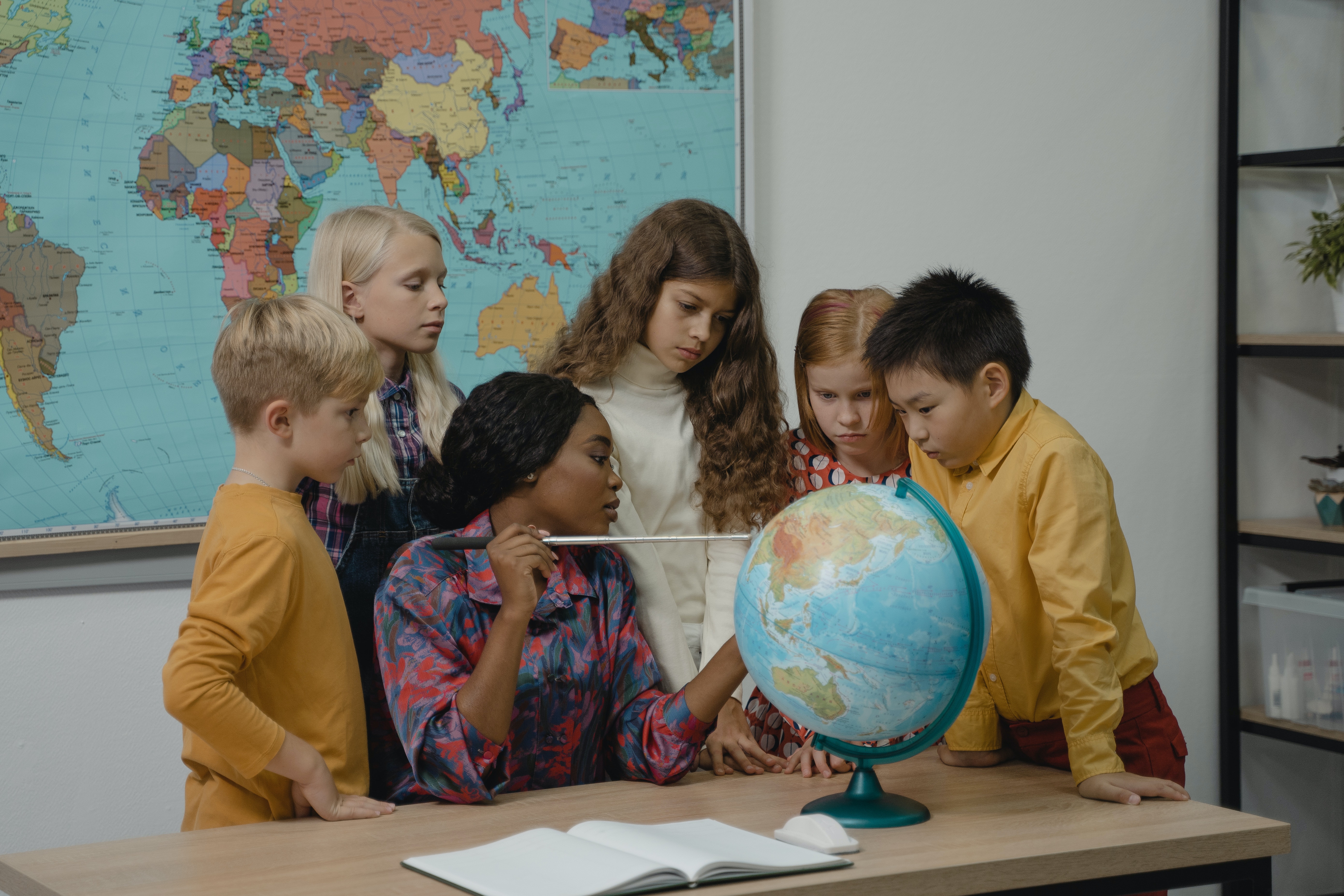
Every child learns and absorbs information differently. Every student knows their own learning style intrinsically. When studying for an upcoming exam, a student knows whether taking notes, watching lectures or listening to recorded lessons will be the best way for them to retain information. This basic knowledge and understanding of differences in learning styles should be reflected in the K-12 public education system.
Children in kindergarten should be tested for their learning style before entering the first grade. Once tested, they should be placed in a classroom that best fits their learning style needs along with other students who share the same ability. Each classroom should require a teacher specifically trained to teach within that learning style. Then, for the next 12 years, each student will be taught in classrooms that teach using their specific learning method.
The three main learning styles, which most students would fall into, would be auditory, visual or kinesthetic classrooms. In an auditory classroom, teachers would explain everything out loud, and all assigned readings could be accompanied by an audiobook. In a visual classroom, teachers would draw illustrations to accompany their lesson plans in order to keep their students visually engaged and would include PowerPoints that display visual imagery of the concepts being taught. In a kinesthetic classroom, students’ sense of touch, movement and motion would be engaged through lesson plans that were taught using performance art, where the teachers would act out the concepts being taught and have students participate.
Any student who has ever been privy to the American public education system has felt dumb or bored at some point. This has to do with the fact that children are being made to study in a way that is not ideal for their particular learning styles.
Public schools should record audio of all required readings for their courses so that students with auditory learning styles can have a fighting chance as well. The same goes for the kinesthetic learners, who would benefit from watching a documentary or seeing a teacher act out the lesson plan. Admittedly, this concept may seem ridiculous if it meant one teacher would try to accommodate seven different types of students. However, if that instructor was armed with a library of audiobooks and other supplements, they could easily accommodate a classroom for every type of student.
The public education system is already doing this to some level by having degree programs with performing arts, science and even journalism. Yet instead of just accommodating student interests, student learning styles should be considered as well. This, to any reasonably minded politician with a knack for public education reform, should resonate as good policymaking.
As new scientific research is produced on the topics of psychology and human brain development, the public education system should continue to keep up with these new scientific findings. In a rapidly changing world of technology and science, America doesn’t have to be afraid of the new technocracy it finds itself in. This nation should embrace it wholeheartedly and find itself jumping into the future not with reckless abandon, but with precision and heart for our children’s education.
There may be resentment from older generations who feel updating our public school institutions with new technologies and modern facilities would be, in some way, an infringement upon them, as they did not get to receive such a “pampered” education. However, just because the country has not given them the proper tools they needed to succeed does not mean that we should deny better resources to the next generation. Every elementary, middle and high school should be divided into seven different types of classrooms so that every child can have their needs met. No one child should ever be made to feel dumb, stupid or slow just because their brain works differently.







